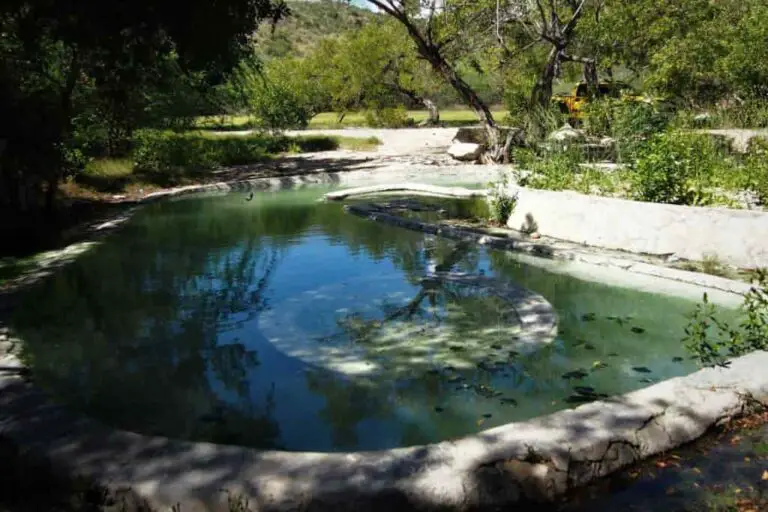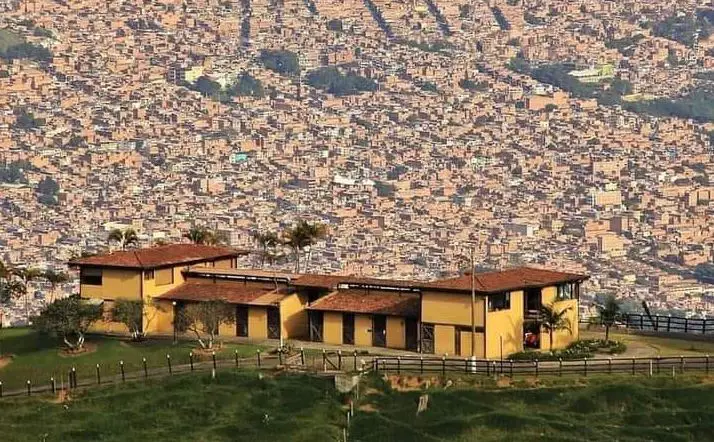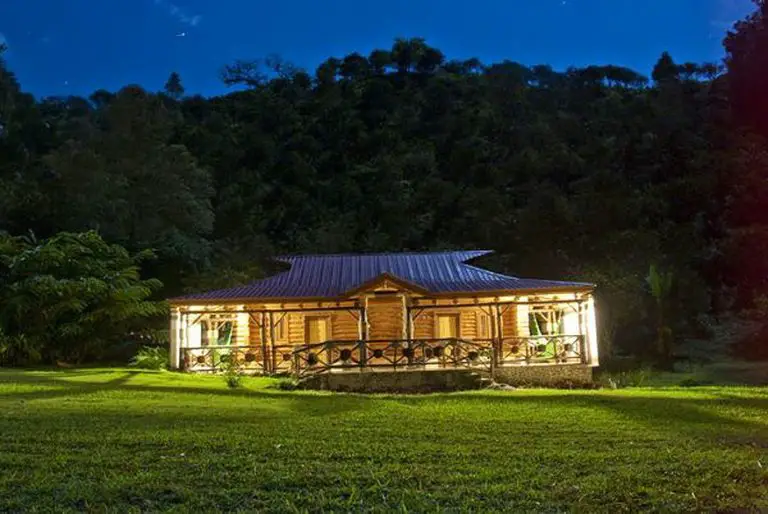The Best Places to See Flamingos In The Dominican Republic

The Dominican Republic is home to a large number of animal species, one, in particular, being the Caribbean flamingo (Phoenicopterus ruber) or red flamingo, a species of waterbird from the Phoenicopteridae family that inhabits shallow lagoons and high-salinity coastal waters in the Antilles.
It can be found throughout the country, in some hotels in Punta Cana and Bayahibe has flamingos in ponds and also in Santo Domingo in the zoo can be observed, but the best places to observe them, are in their natural habitat, here I share the best places to see flamingos in the Dominican Republic.
Contents
Jaragua National Park in Pedernales Province
Jaragua National Park in Pedernales Province is the area of the greatest biodiversity in the Antilles, and is an ideal destination for adventure and nature lovers.
In these lands, Dominicans have a real treasure, since not only the attraction of the exotic nature it exhibits makes it special, but also the particular characteristics of the area.
Spaces that possess the ideal conditions for the existence of endemic species such as the rhinoceros iguana (Cyclura cornuta) and the Ricord iguana (Cyclura ricordi), both in danger of extinction. In total, the fauna of this park is made up of 130 bird species of which 76 are resident, 10 are endemic and 47 are migratory.

Among the variety of habitats that this National Park has, there are a number of lakes, such as Oviedo, Bucan Salt Lake, Bucan de Base, Laguna Salada, La Rabiza, Manuel Matos, Puerto en Medio, among others.
The name Jaragua comes from the Taino Indians, for whom the area was part of the Xaraguá Chiefdom. It is the only protected part of the ancient geological formation known as Southern Paleoisland, one of the two that joined to form the current island of Hispaniola, between 20,000 and 30,000 years ago.
For this reason it is also one of the few places in the country where vestiges of the aboriginal culture remain; they can be seen in a considerable number of caves that hold pictographs, petroglyphs and vessels.
The Oviedo Lagoon of Pedernales Province
The Oviedo Lagoon, also known as Trujin, is an aquatic nature reserve in the Pedernales province, and one of the main attractions of the Jaragua National Park.
With an area of approximately 28 square kilometers and a depth of 1.5 meters, the Laguna de Oviedo is the second largest body of water in the Dominican Republic after Lake Enriquillo.
is a very salty water lagoon, and its salinity levels show seasonal changes due to precipitation, evaporation and the flow of freshwater.
In the center, there are 24 small islands whose largest is known by residents as “Cayo de las Iguanas”.
This lagoon is characterized by its natural beauty such as its green waters, and unique flora and fauna. There are two dozen native and endemic species of animals including flamingos, iguanas and bats.
The Oviedo Lagoon is visited all year round by hundreds of people who like ecological tourism and nature in its pure state. Boat trips are made through the keys and mangroves in which you can observe impressive panoramic views and bird watching.

Lake Enriquillo
Lago Enriquillo is a huge saltwater lake located in the southwestern region of the Dominican Republic. Its waters are shared by the provinces of Independencia and Bahoruco.
It has an area of 265 square kilometers (the largest in the Dominican Republic and the Antilles). It is also 29 meters below sea level making it the lowest point in the Caribbean.
There are three small islands in the lake. The Cabritos Island is the most important one. The other two islands are Barbarita, also known as “Chiquita”, and Islita. In prolonged droughts, these islands, especially the last two, become peninsulas and can be reached on foot.
It has a higher salt concentration than the sea, since the rivers that flow into the lake are small and the evaporation of its waters is very high.
Lake Enriquillo is part of the Lago Enriquillo and Isla Cabritos National Park and the Jaragua-Bahoruco-Enriquillo Biosphere Reserve.
Due to the beauty of its waters, its rich flora and the special and endemic nature of its fauna, Lake Enriquillo has become an important tourist destination, both for the local and foreign tourists.
Its fauna is very diverse and interesting, especially reptiles and birds. The lake has the largest population of American crocodiles (Crocodylus acutus) in the Caribbean (the only place in the country where crocodiles exist in natural habitat).
Reptiles such as the rhinoceros iguana (Cyclura cornuta) and Ricord’s iguana (Cyclura ricordi) are also found here. Each of these species is in danger of extinction.
Among the water birds that visit the lake, one of the most striking is the Caribbean flamingo (Phoenicopterus ruber).

Bahia de las Calderas
the Calderas Bay. Located in the southeast of the country, 115 kilometers from the city of Santo Domingo.
Its beaches are visited by hundreds of foreigners and nationals throughout the year, who perform traditional tourism; however, ecotourism excursions are also being organized for those who prefer an unconventional tour.
For this type of tourism, trails have been set up, called Sendero de Santanilla.
The Calderas Bay is of great scientific interest, for bird watching and the varied biodiversity that exists in the place.
More than 124 species of birds reside there, and it also serves as a refuge for coastal marine species. There has also been a report of more than five rare species in this area.
The peninsula is mostly covered by a salt lake called El Salado del Muerto, used for salt production.
Ecotourism inn was recently built, called Punta Salinas, as an initiative of the Secretary of State for Tourism.
Flamingos at the National Zoo
All the previously mentioned places are ideal to see flamingos in their natural habitat in the Dominican Republic, but if you are near Santo Domingo and want to see flamingos you can visit the national zoo.
In the National Zoo of Santo Domingo, just near the entrance, there is a large pond of crystal clear water where the main attraction is a large group of flamingos.
They are not in their natural habitat, but the pond recreates a very nice atmosphere, apart from the flamingos it also has fish and the last time I went there was also a swan in that pond.
Are there flamingos in Punta Cana?
Flamingos could be observed in some artificially created ponds in very few hotels in both the Punta Cana and Bayahibe areas, but the Punta Cana area corresponding to the eastern part of the Dominican Republic is not the natural habitat of the flamingos.
To see them in their natural habitat in the Dominican Republic it is advisable to visit the places previously mentioned in this topic.







Hello, my name is Joe. I’m actually coming to visit the Dominican Republic in a couple of weeks. I’m just wondering how easy (or tough), it is to see flamingoes in the wild if I go to 1 of the places you have listed. I thought it’d be cool to see them (and any other wildlife), in the wild. If you have any helpful hints or advice on finding them please let me know.
Thanks,
Joe
Hi Joe
I did some research on the internet, in the Oviedo Lagoon there are guided boat tours, they take you to where the flamingos are, the prices are affordable, it is the best way to do it because the guides know the area very well.
I will investigate precisely which are the best excursions for that area, and I will answer you in this same way.